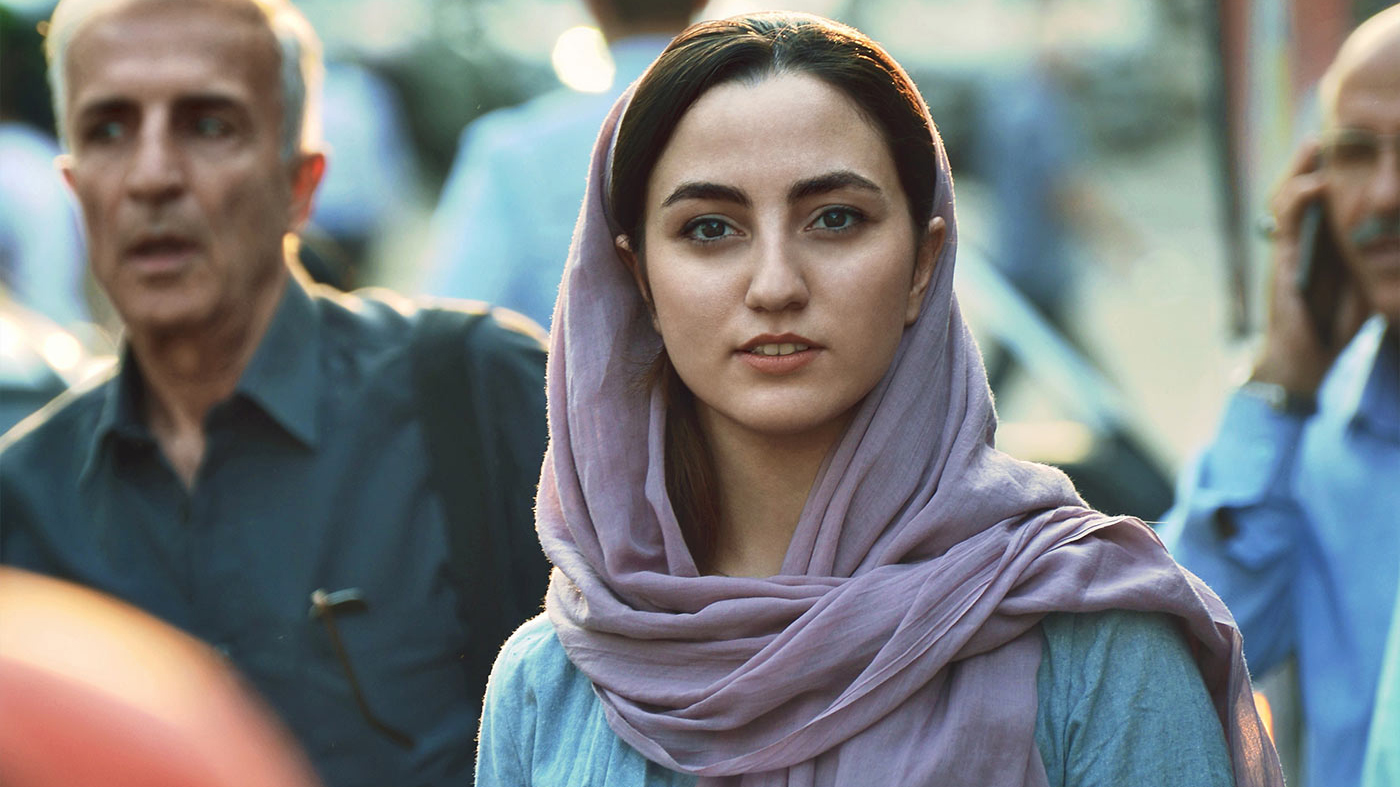Following Creativity with Filmmaker T. M. Rives

Name: T. M. Rives
Title: Play Serious
Year: 2019
Film Programme: Documentaries
Can the spirit of play be captured and performed on stage? Is this an experiment that you should introduce at the most prestigious ballet company in the world? Alexander Ekman says yes. PLAY SERIOUS documents the groundbreaking Swedish choreographer and his creative team during the production process of his most recent full-length ballet, PLAY, at the renowned Paris Opera Ballet.
T. M. Rives
We reached out to T. M. Rives to gain some insights on the documentary.
What was the starting point for Play Serious?
Alexander Ekman had landed a full evening at the Garnier, and told me he wanted to make a piece where the dancers actually play onstage. Not a rehearsed version of “playing”, but rather the real thing: unrestrained, crazy, contagious. I thought that, win or lose, dropping that kind of energy on the most notoriously traditional house in the world would make for a good hour of film. The appeal was almost scientific and I approached the situation as an experiment as wel as
What issue did you run into in filming this documentary?
There’s a core difficulty in making a documentary film about dance (or any other performance art): the art has a flow and chronology; your film must have its own flow and chronology. You have to respect your subject but also defend your corner and the solution generally lies in having precise goals for the moment you’re working on – then it’s clear how to bend the material to it. The tension between the competing flows is in fact a resource: drawing the viewer into the piece and then shifting it to your own narrative adds a lot of power and can be tooled to propel the film.

What is the central theme of your film and how did you develop it?
Alex took on a huge task with Play. Many of the stresses were the kind that
What advice would you give other filmmakers in the field?
With small inexpensive cameras, you can free up a lot of storytelling. Great image quality is a commonplace now and I see a lot of room for powerful dance films that focus on situations as much as performances and that aren’t afraid to be a little ugly.









